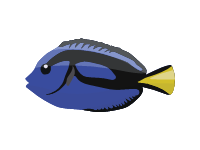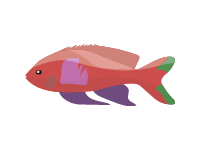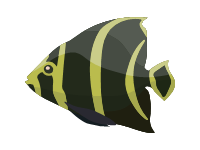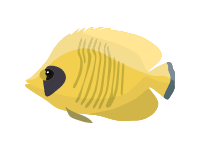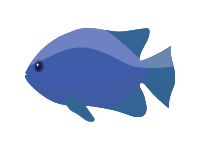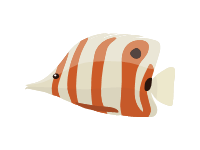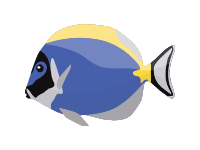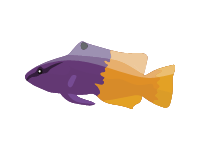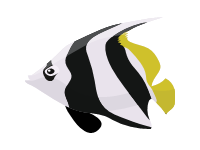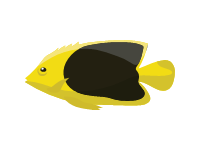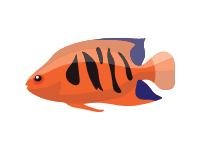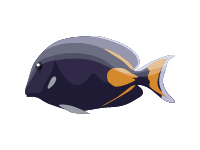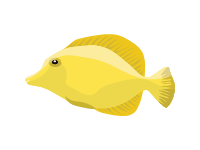The Moorish idol is a marine fish species, the sole extant representative of the family Zanclidae order Perciformes. A common inhabitant of tropical to subtropical reefs and lagoons, the Moorish idol is notable for its wide distribution throughout the Indo-Pacific. A number of butterflyfishes (genus Heniochus) closely resemble the Moorish idol. It is closely related to, if not a direct descendant of, the extinct Eozanclus brevirostris, from the Middle Eocene of Monte Bolca. The Moorish idol got its name from the Moors of Africa, who purportedly believed the fish to be a bringer of happiness. Moorish idols are also a coveted aquarium fish but, despite their abundance and wide array of habitats, they are notoriously finicky and hard to adjust to captivity. Their omnivorous diet can be extremely difficult to replicate in aquaria, as the vegetation which they live on is normally exterminated and they have a habit of eating corals and sponges. Generally denizens of shallow waters, Moorish idols prefer flat reefs. This fish may be found at depths from 3 to 180 m (9.8 to 590.6 ft), in both murky and clear conditions. Their range includes East Africa, the Indian Ocean, Persian Gulf and the Ducie Islands; Hawaii, southern Japan, and all of Micronesia; they are also found from the southern Gulf of California south to Peru. With distinctively compressed and disk-like bodies, Moorish idols stand out in contrasting bands of black, white, and yellow, which makes them attractive to aquarium keepers. The fish have relatively small fins, except for the dorsal fin, whose six or seven spines are dramatically elongated to form a trailing, sickle-shaped crest called the philomantis extension. Moorish idols have small terminal mouths at the end of long, tubular snouts; many long bristle-like teeth line the mouth. The Moorish idol differs from butterflyfish in having a prominent black, triangular anal fin.
The eyes are set high on the fish's deeply keeled body; in adults, perceptible bumps are located above each. The anal fin may have two or three spines. Moorish idols reach a maximum length of 23 cm (9.1 in). The sickle-like dorsal spines shorten with age.
